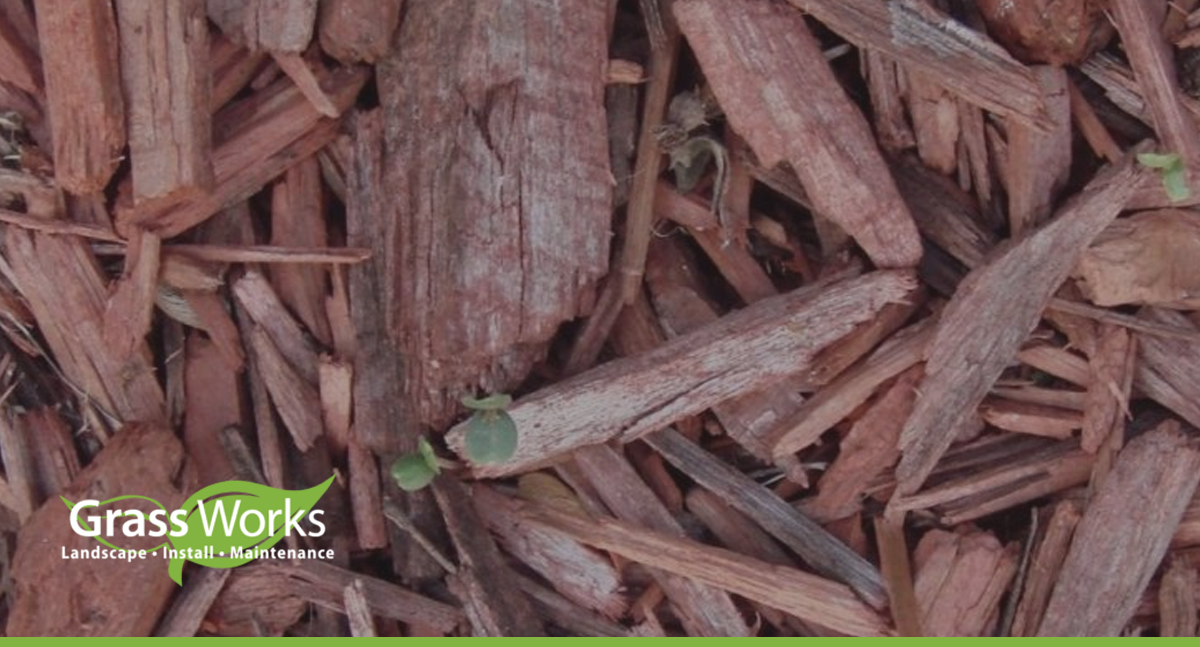Mulching In Texas: What You Need to Know

Mulching can seem like a daunting task, but it’s important for the health of your lawn. Keep reading to learn more about mulching in Texas and how you can benefit from this simple task.
What is Mulch?
It is simply a layer of mulch material that covers the soil surrounding plants or trees. It helps improve growing conditions by regulating moisture, temperature, reducing weeds, and enhancing soil structure.
Why Mulch?
There are numerous reasons why mulch help your lawn:
Mulching will control weeds – This means less time spent weeding your garden!
Preserves soil moisture – This is especially important in Texas where our earth can get dry and dusty. Mulching helps lock in moisture, which means less water from your sprinkler system will be lost to evaporation than if it were not mulched.
Improves the quality of the soil – As mulch breaks down over time, nutrients are released back into the soil for plant roots to absorb. It also improves the structure of sandy or clay soils by adding organic material that makes them more porous and loamy (or crumbly). This will keep your plants healthy
Here are some tips for proper mulching:
When Should you put mulch down in Texas?
Seasonal mulching should be done in late winter or early spring. The earlier you mulch, the better, because it will help protect your lawn from the heat of summer.
How deep should you put down the mulch?
The depth of the mulch depends on what type of mulch you are using. For organic materials like compost, a thickness of two to four inches is ideal. For other materials, six to eight inches is best.
Is there anything else you need to know about mulching in Texas?
Mulching is an important part of lawn care, but it’s not the only thing you need to do. Be sure to water your lawn regularly and fertilize it twice a year for best results.
Best mulch for Texas?
There are many types of mulch available, like winter mulch, cedar mulch, organic mulches, inorganic mulch, bark mulch, wood chips, cocoa bean husks and pine needles. The best kind for your lawn will depend on the soil temperature in that area as well as what type of plants you’re growing there (some prefer acidic soils while others thrive with alkaline types).
But organic material like organic mulch such as compost or shredded bark work best. Inorganic mulches like gravel or stones can heat up too much in the sun and damage your lawn.
What are the disadvantages of mulching?
The disadvantages of mulching include that it can attract insects, it costs money and time to maintain the mulch layer, and if not done properly it may cause problems with drainage or even promote root rot and decrease plant growth..
What is the best way to apply mulch?
The best method to lay mulch is by hand, using a rake or shovel. You should spread out evenly a mulch layer so there are no large clumps of material left behind after raking up any loose pieces from around your yard first before putting down more on top of them (this will prevent weed growth).
Can I use recycled plastic bags as mulch?
While there are some benefits to using recycled plastic bags as mulch, they can also have negative effects on your lawn. It’s best not to use them if you can help it.
How to mulch vegetable gardens in Texas? How much should be applied to garden beds and how often does it need renewed if at all?
Mulching can be a great way to help your vegetable garden stay cool during the hot summers. It’s important that you put down enough mulch so there isn’t any bare soil exposed in between plants or rows because this will allow weeds from growing up through with ease as well keep moisture from evaporating too quickly on those days when it gets really warm outside! You don’t want all of our hard work watering these crops going into waste just because we didn’t take care about what type is used around them -this also makes sure pests do not come by eating away at the roots before they even get started producing fruit.
How often to mulch vegetable garden beds in Texas?
There’s no set answer to this question since it can depend on the climate, soil type and rainfall amounts. However, a good rule of thumb is to reapply mulch every few months – or whenever you start seeing weeds popping up. You definitely don’t want to let things get too out of hand before taking care of them!
One thing that is for sure though: using organic materials as mulch (like bark chips, leaves, straw) are better than using inorganic materials (like stones or plastic). Not only do they help keep the moisture in and suppress weed growth, but they also slowly break down and add nutrients back into the soil over time. Win-win situation all around!
We offer professional mulching services and general clean up in Central Texas, feel free to contact Grass Works Austin Lawn Care to schedule your free consultation at (512) 797-1640 to learn more about our services or request an appointment online via the form below.
You may also enjoy reading: When Is The Best Time To Lay Sod In Central Texas?

Ferris MyCue is the founder and owner of Grass Works Lawn Care, LLC located in Leander, TX. As a former firefighter who maintained yards on his days off, he saw a need for a dependable, local maintenance company that knew the hill country climate and could deliver quality landscaping services for a reasonable price. Since 2007 he has used his leadership to grow the company into one of the top landscape maintenance companies in Austin and surrounding areas offering landscape maintenance, design, and irrigation services to both residential and commercial clients. Ferris is also a member of the Seasonal Employment Alliance (SEA) and an active participant in advocacy efforts to help promote cap relief.